Deck & Commander Strategies
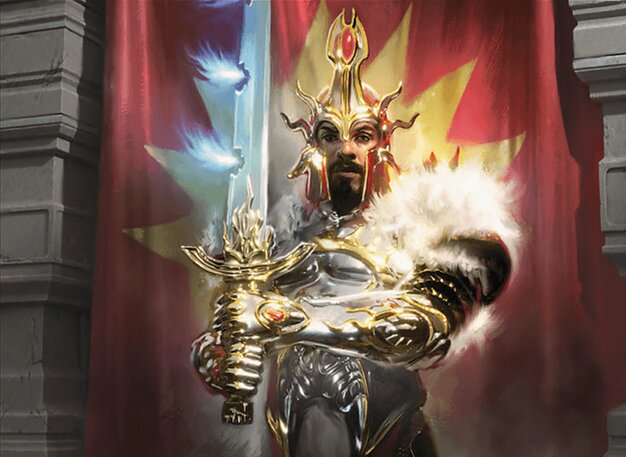
Tajic, Legion's Edge
Focuses on generating many tokens and then enhancing them to overpower opponents through aggressive combat.
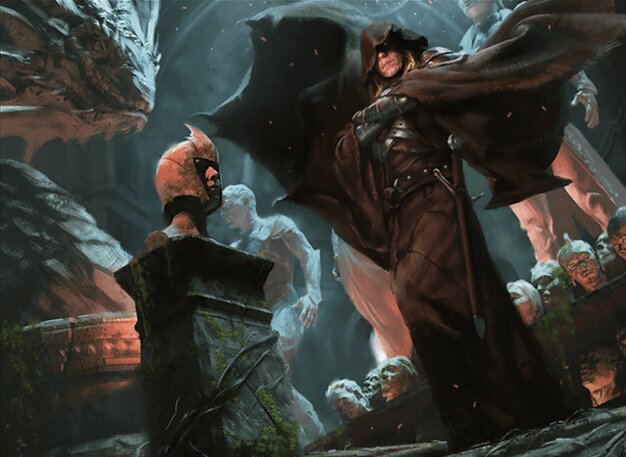
Lazav, the Multifarious
Uses mill and self-mill to become copies of opponents' creatures, gaining versatility and board presence.

Niv-Mizzet Reborn
Leverages five-color access to draw and cast a variety of spells and creatures from all guilds, aiming for a value-driven midgame.

Prime Speaker Zegana
Builds card advantage by casting permanents, aiming to grow a large creature and overwhelm opponents through sheer card draw and board presence.
Gameplay Insights
- 1
Wally’s use of Boros tokens combined with Sutra Priest's life gain ability provided a steady stream of incremental advantage and pressure.
- 2
Nathan’s decision to delay playing his commander Lazav allowed him to set up important mana rocks and board state before engaging.
- 3
Christian’s Niv-Mizzet Reborn capitalized on mana fixing and multi-color synergy by fetching lands and drawing cards aggressively.
- 4
Matt’s Prime Speaker Zegana deck focused on casting permanents to enable massive card draws that would fuel a large creature finisher.
- 5
Early attacks and political damage helped shape player relationships and board states, indicating attention to multiplayer dynamics.
Notable Cards
-
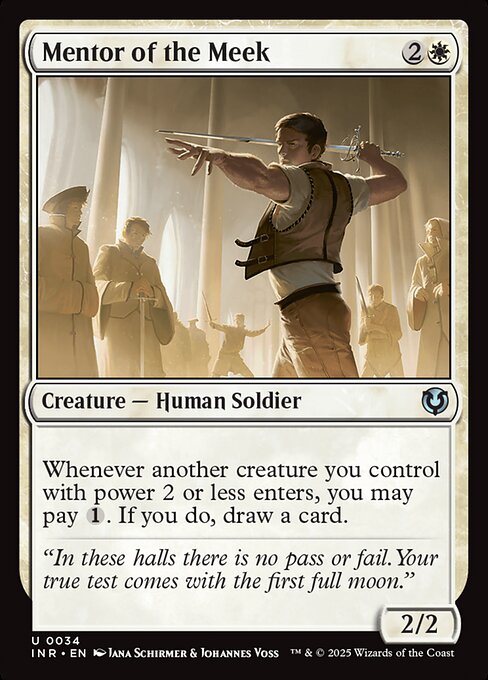
Mentor of the Meek
-
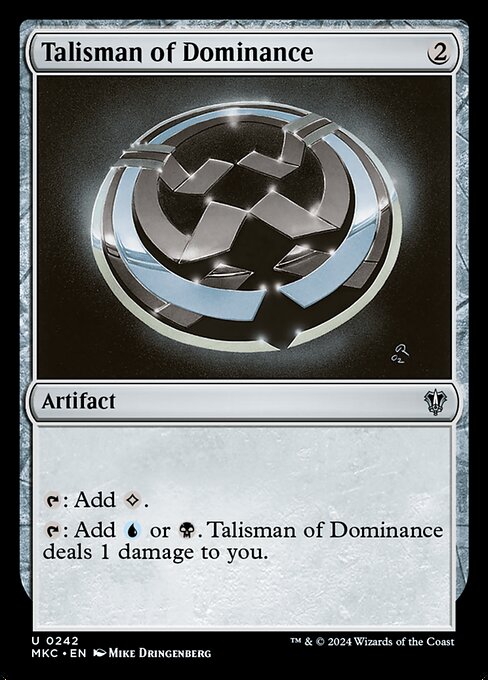
Talisman of Dominance
-
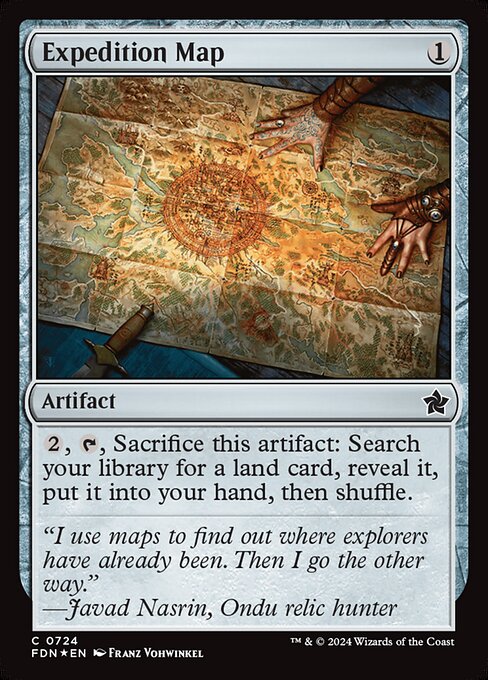
Expedition Map
-

Misty Rainforest
Gameplay Summary
The game featured a four-player Commander match on the plane of Ravnica, with each player piloting a distinct guild-themed deck and commander.
Early turns saw typical setup plays with mana acceleration and land drops.
Wally, playing Tajic, Legion's Edge, focused on a Boros tokens strategy, aiming to flood the board with creatures and grow them for a decisive attack.
Nathan, with Lazav, the Multifarious, leaned into a mill/self-mill plan, attempting to become copies of opponents' creatures.
Christian's Niv-Mizzet Reborn deck utilized its five-color nature to draw and play a variety of spells and creatures from the guilds, seeking to leverage the diverse synergy and advantage from multiple colors.
Matt played Prime Speaker Zegana, focusing on casting permanents to generate card draw, aiming to build a large creature and overwhelm opponents with card advantage. The early game was marked by incremental board development and life management, with some political damage exchanges and light interaction.
Notable plays included the use of Mentor of the Meek and Sutra Priest to gain incremental advantages, and players carefully managing their resources and board presence.
The game emphasized the distinct identities of the guilds—token aggression, milling and copying, multi-color value, and card draw engines.
The dynamic between the players set the stage for escalating threats, but the summary ends before a clear winner emerges, highlighting the strategic diversity and tension between the four guild decks.



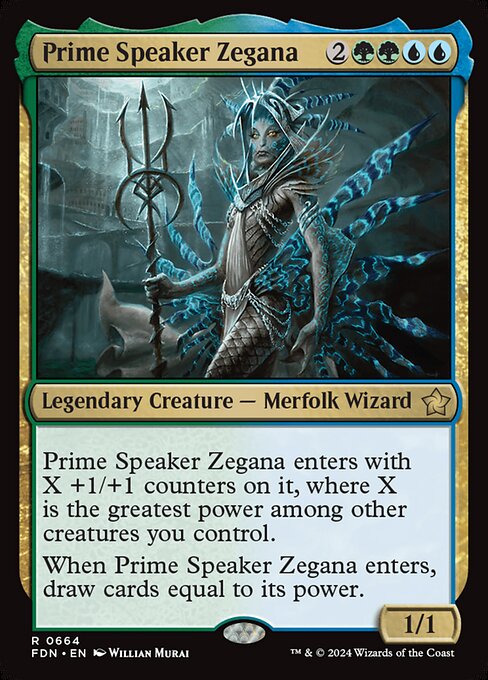

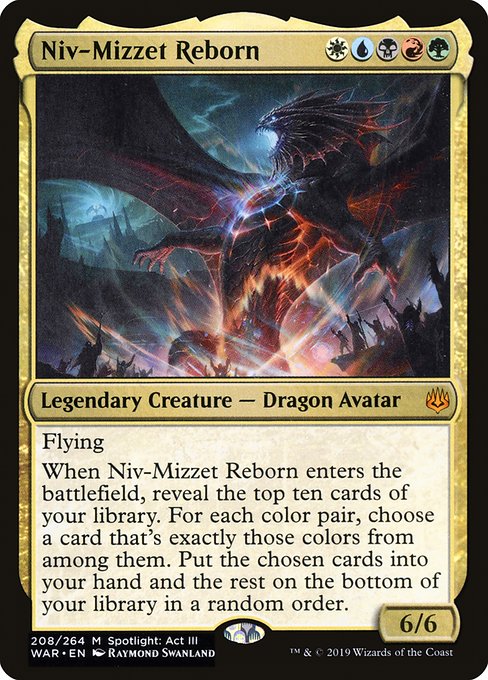











![Commander VS S15E5: Roalesk VS Massacre Girl VS Niv-Mizzet VS Neheb [EDH] thumbnail](https://i.ytimg.com/vi/Xy3w7W-GWgw/sddefault.jpg)


















![Commander VS S13E7: Tolsimir Wolfblood vs Slimefoot vs Queen Marchesa vs Tajic [EDH] thumbnail](https://i.ytimg.com/vi/9vSts7GdaqU/sddefault.jpg)

![Commander VS S13E1: Lazav vs Izoni vs Emmara vs Aurelia [EDH] thumbnail](https://i.ytimg.com/vi/rxD9vPlqLTI/sddefault.jpg)


![Lazav vs Nicol Bolas vs Windgrace vs Marchesa [EDH/Commander Gameplay] 2020 thumbnail](https://i.ytimg.com/vi/cf2fiFEdODs/sddefault.jpg)





